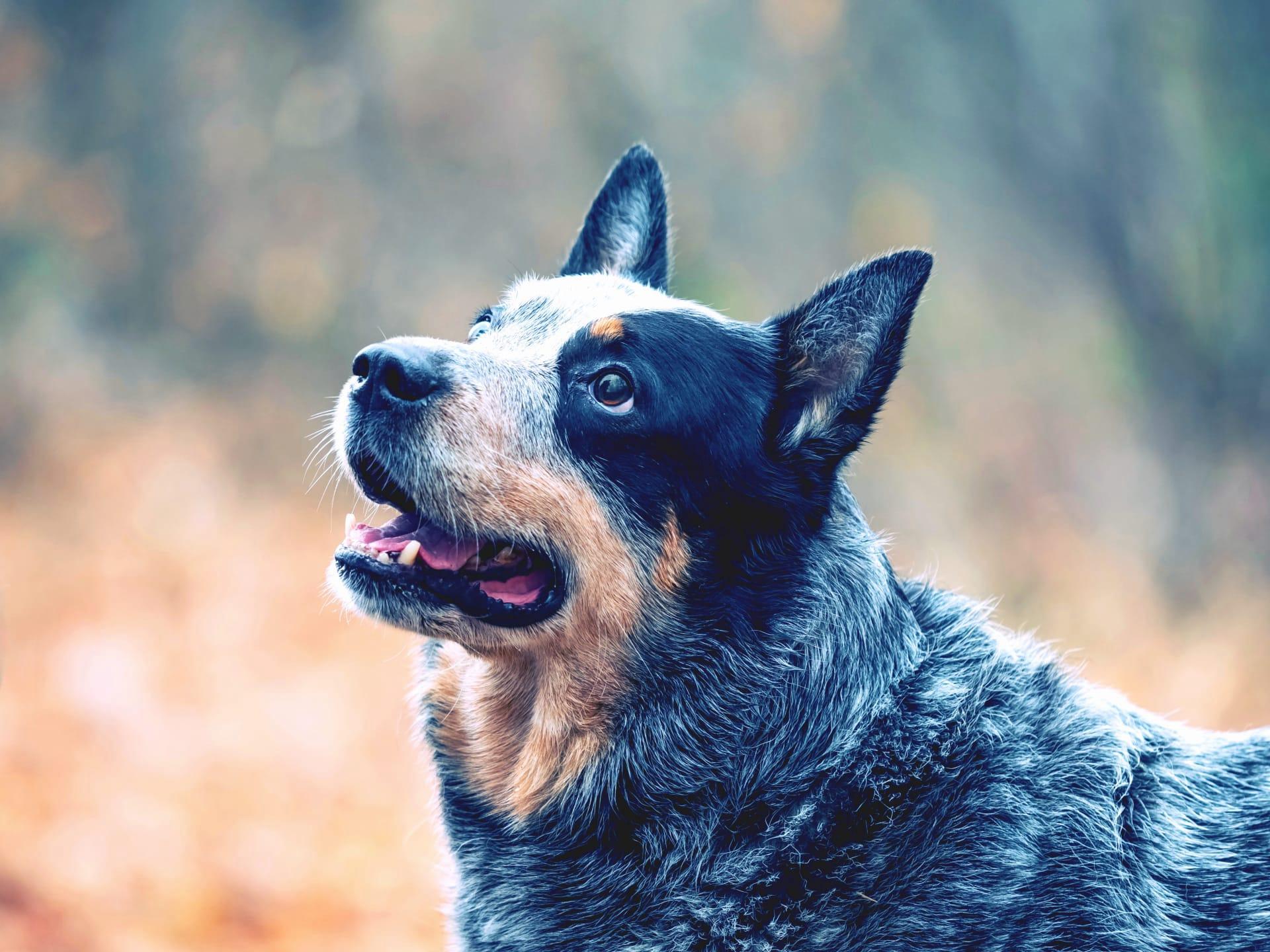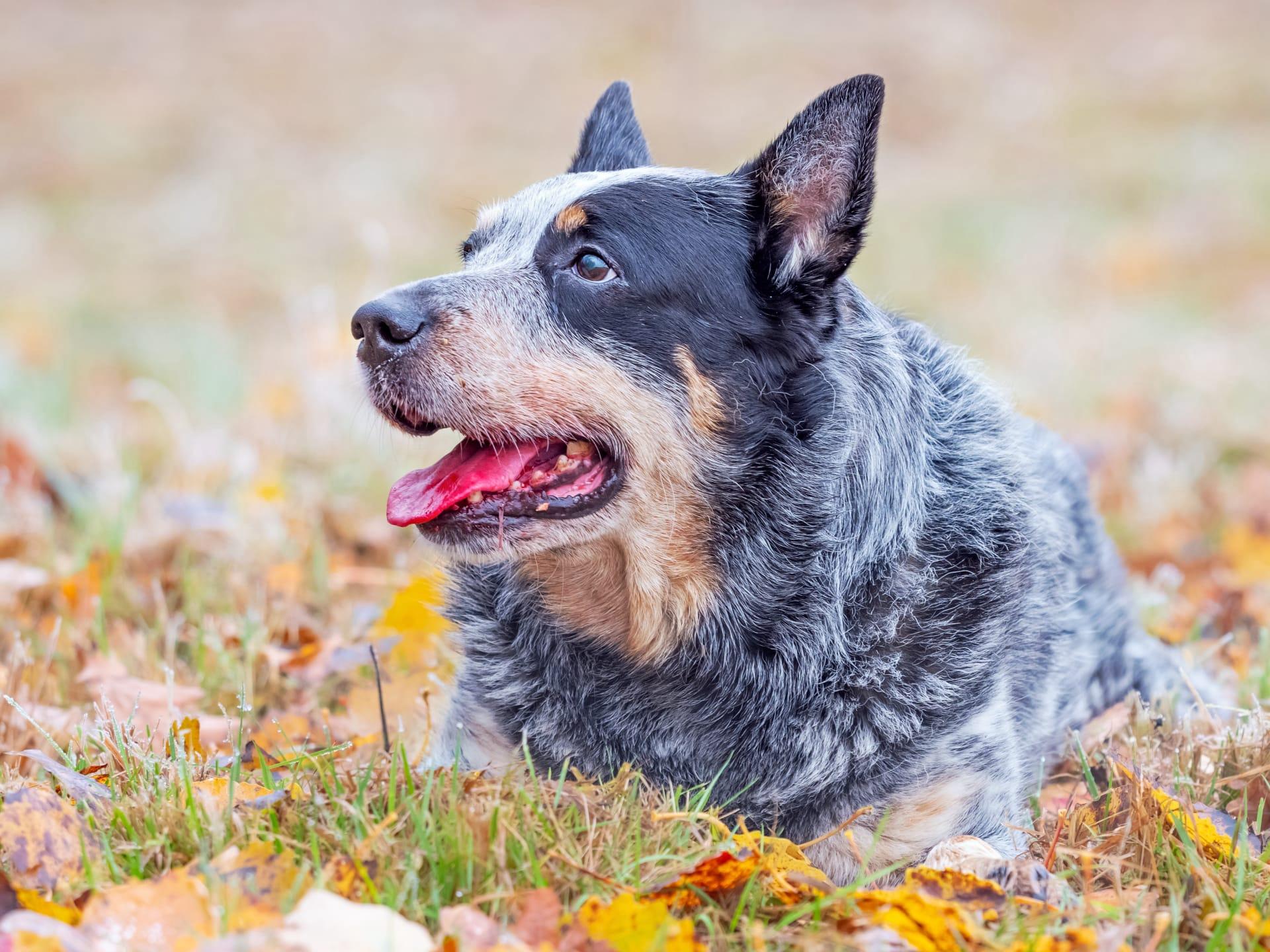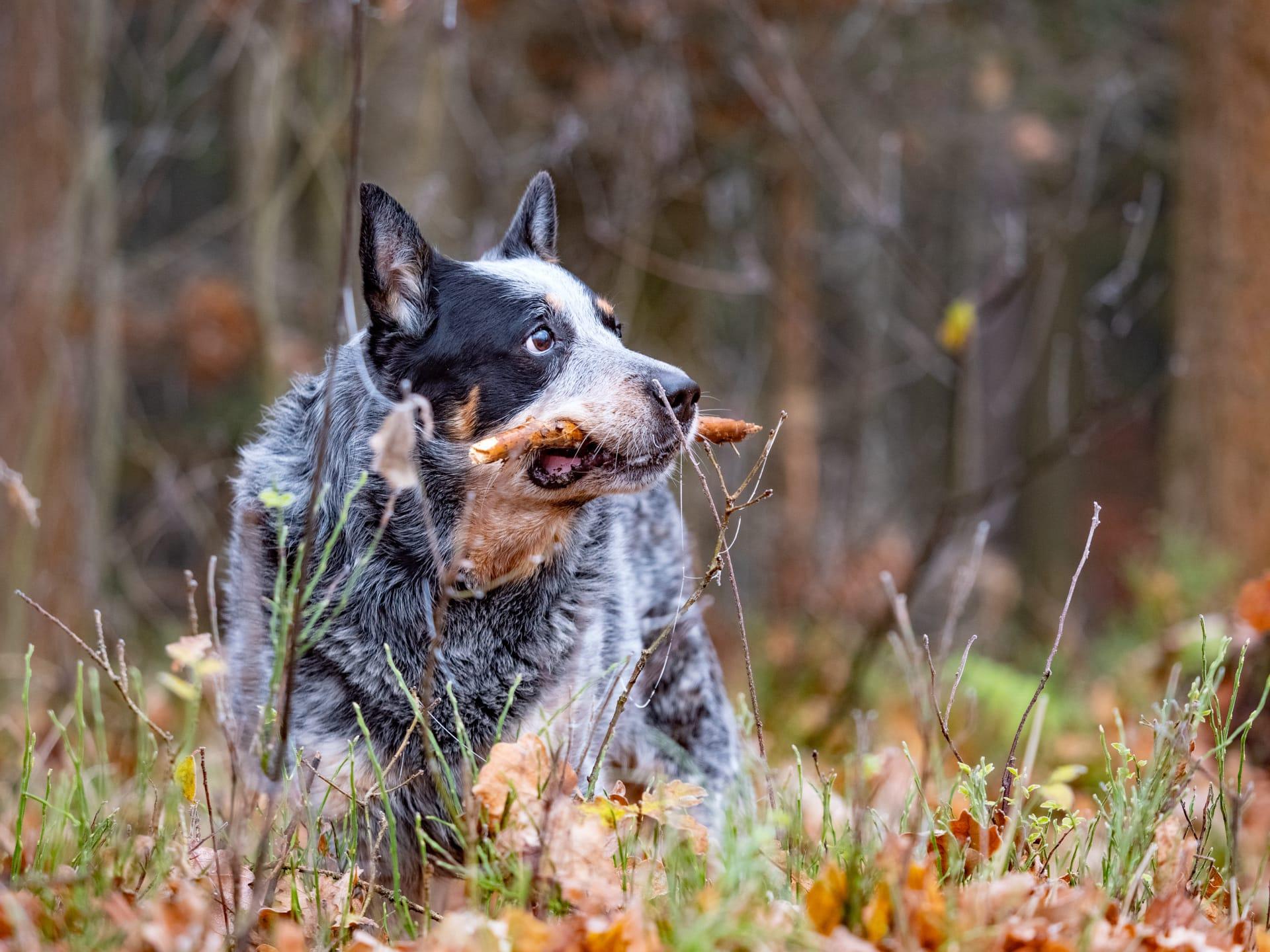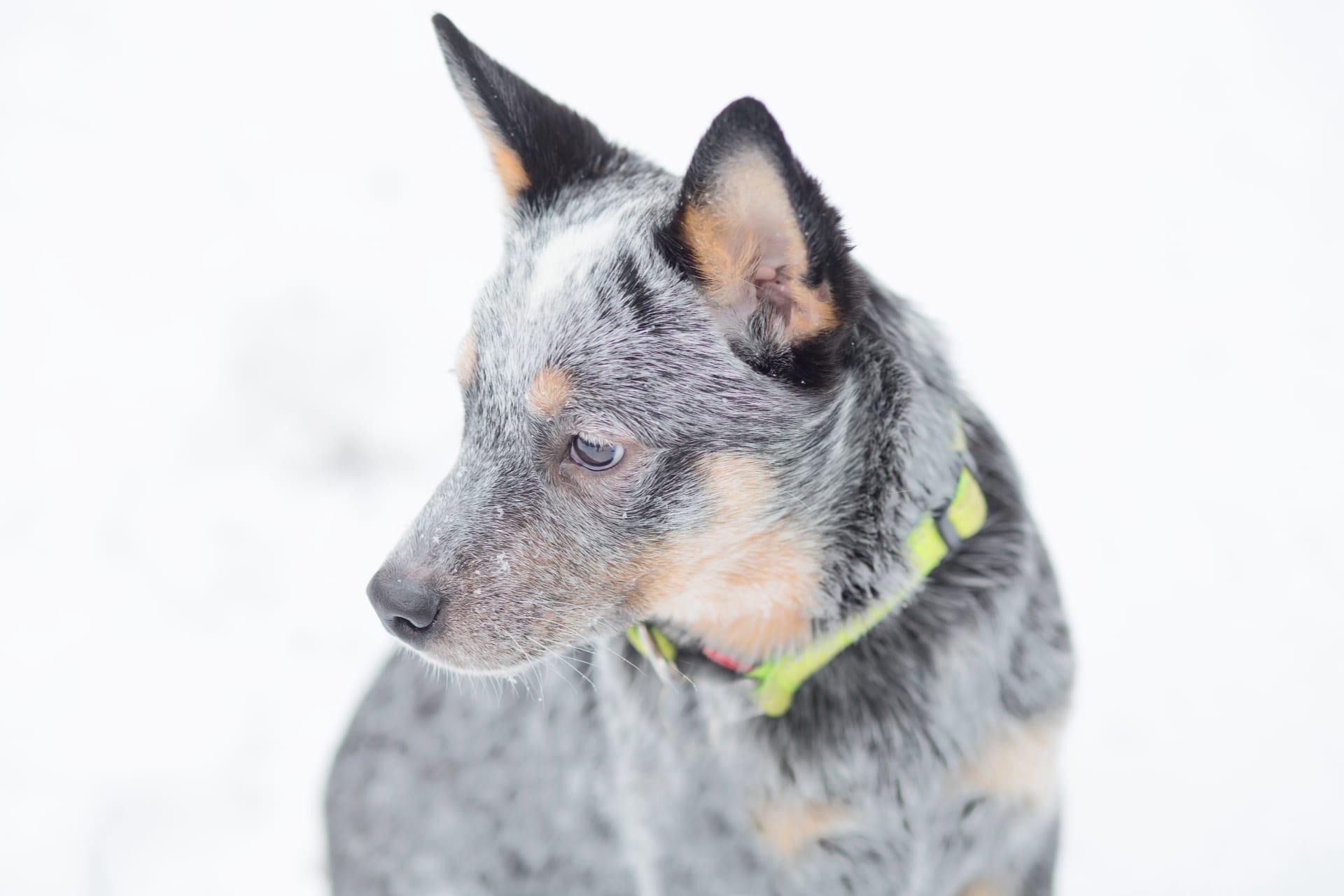Blue Heeler Dog Characteristics
- Home /
- Mini Encyclopedia /
- Animal /
- Blue Heeler Dog Characteristics
1
The Blue Heeler Dog, officially known as the Australian Cattle Dog, boasts a robust and compact build, making it a powerhouse of agility and strength. Adult Blue Heelers typically weigh between 35 to 50 pounds and stand about 17 to 20 inches tall at the shoulder. Their lifespan is impressively long for dogs, with many living up to 13 to 15 years, sometimes even longer with good care. These dogs are recognized for their striking coat colors, which include various shades of blue or blue mottled patterns, often with black or blue markings on the head.
One of the most remarkable organs of a Blue Heeler is its highly developed auditory system. This breed has an exceptional ability to hear and respond to high-frequency sounds, which is beyond the capability of many other dog breeds. This acute hearing ability is crucial for their herding work, allowing them to detect and respond to whistle commands over long distances. This feature not only highlights their working dog credentials but also their adaptability to various environments, making them excellent companions for outdoor activities.

2
Question: What is the most common health issue faced by Blue Heeler Dogs?
Answer: The most common health issue in Blue Heeler Dogs is hip dysplasia, a genetic condition where the thighbone doesn't fit snugly into the hip joint. Symptoms can range from mild discomfort to severe mobility issues. Early detection through regular veterinary check-ups and maintaining a healthy weight can manage the condition effectively. Preventive measures include breeding from dogs with good hip scores and providing supplements that support joint health.

3
Blue Heeler Dogs are known for their high energy levels and need for regular, vigorous exercise. They excel in activities such as running, agility courses, and herding exercises, requiring at least 1 to 2 hours of physical activity daily. Their athleticism is complemented by an intelligent and problem-solving mind, making them eager participants in training and sports.
Their feeding characteristics are aligned with their active lifestyle. Blue Heelers benefit from a high-quality, protein-rich diet to support their energy needs. Typically, an adult Blue Heeler requires about 1.5 to 2.5 cups of dry dog food per day, divided into two meals. Monitoring their intake and adjusting portions based on activity level, age, and health status is essential to prevent obesity and ensure they remain in peak condition.

4
Blue Heeler Dogs thrive in environments that offer plenty of space and stimulation. Originally bred for herding cattle in Australia, they are well-suited to rural and suburban settings where they can roam and engage in physical activities. However, with proper exercise and mental stimulation, they can also adapt to urban living. Their adaptability to various climates is notable, though they prefer cooler temperatures due to their dense coats.
Reproduction characteristics of the Blue Heeler include a breeding age starting from about 2 years old. Females typically have one litter per year, with the average litter size ranging from 4 to 8 puppies. Early socialization and training are crucial for puppies to develop into well-adjusted adults, emphasizing the breed's intelligence and work ethic. Responsible breeding practices are important to maintain the health and temperament of this remarkable breed.

5
Book: "The Australian Cattle Dog: An Owner's Guide to a Happy Healthy Pet" by Katherine Buetow. This book, hailing from the United States in the late 1990s, offers a comprehensive look at the breed, from its history and development to detailed advice on care, training, and health issues. Buetow, an expert on the breed, provides insights into the unique characteristics of Blue Heelers, making it an essential guide for current and prospective owners.
Book: "A New Owner's Guide to Australian Cattle Dogs" by Narelle Robertson. Published in Australia during the early 2000s, this book delves into the specifics of living with a Blue Heeler, including training techniques, exercise needs, and dietary guidelines. Robertson's work stands out for its practical advice and deep understanding of the breed's nature, catering to both novice and experienced dog owners looking to deepen their knowledge of these energetic and loyal companions.